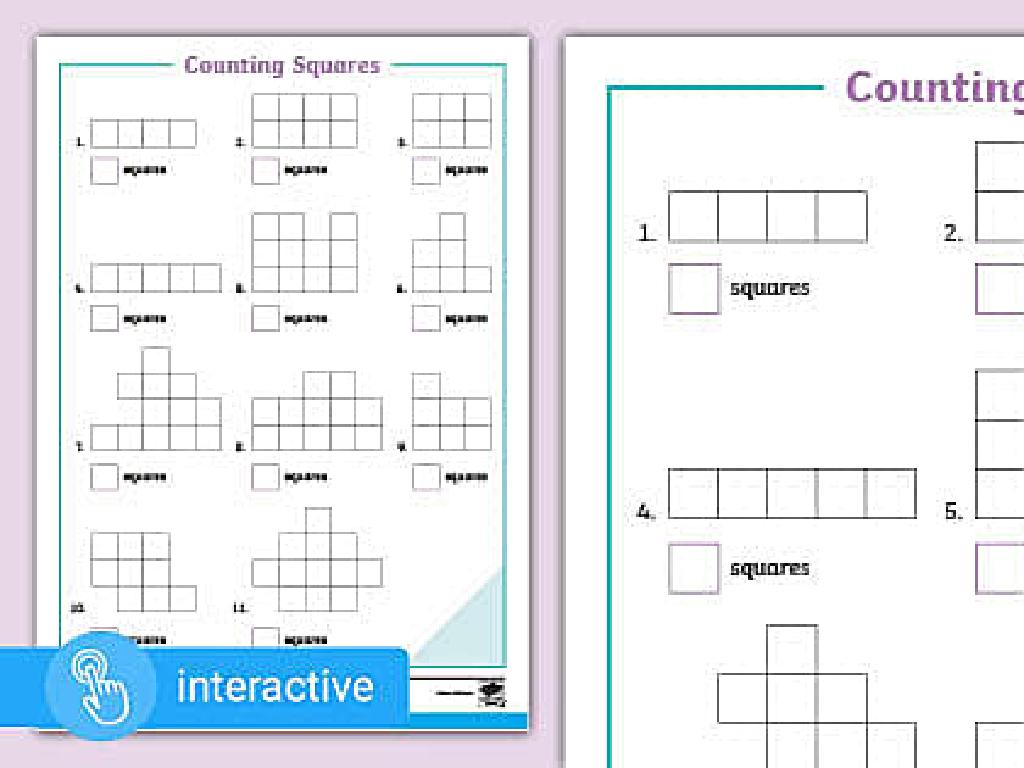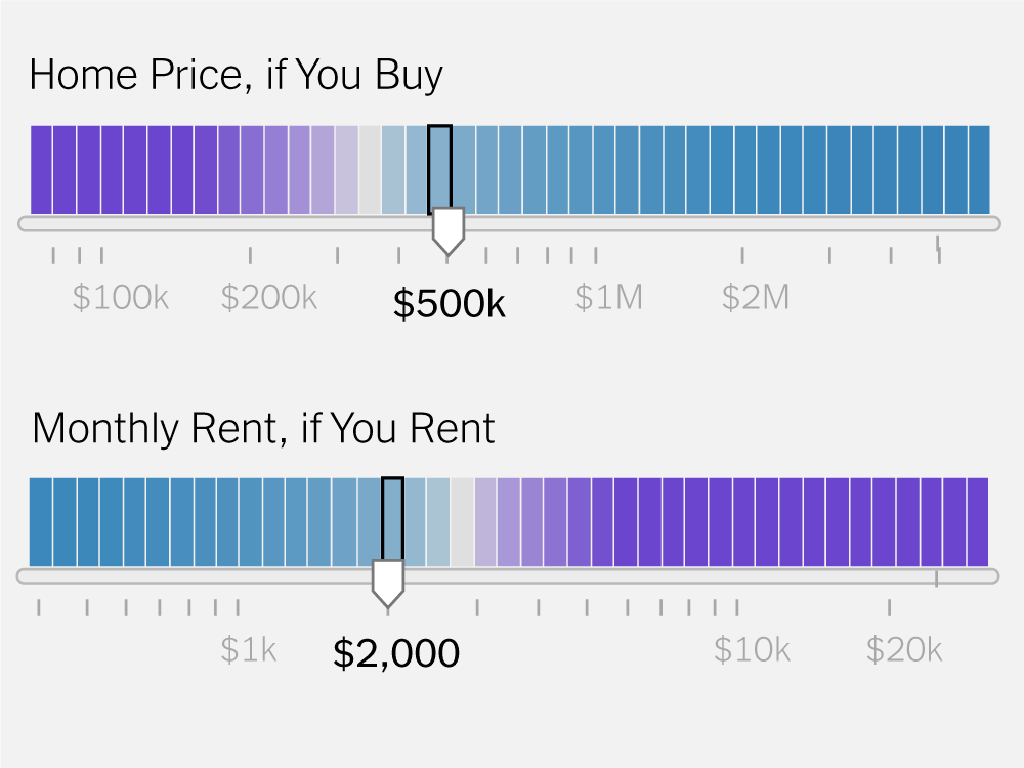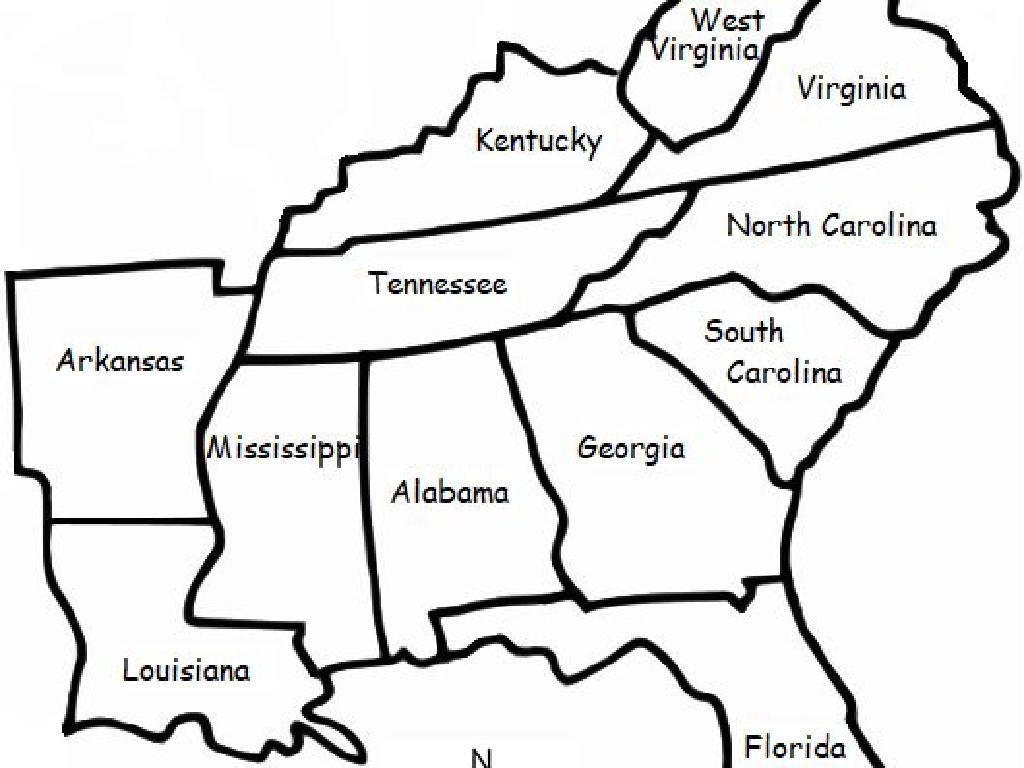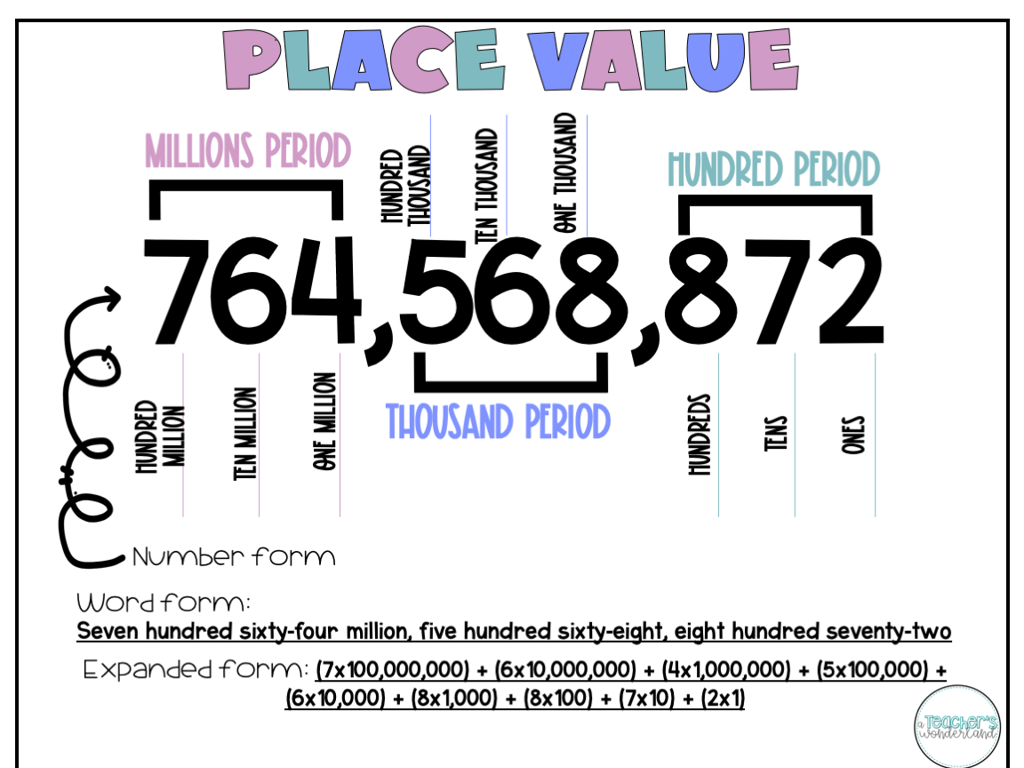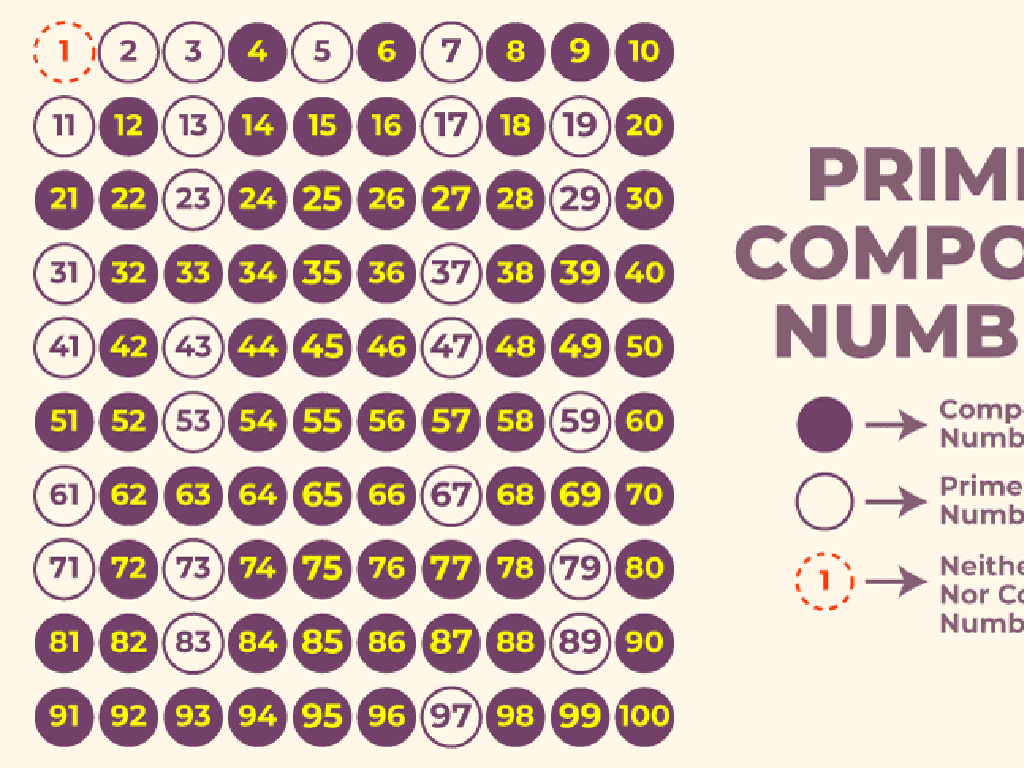Use The Progressive Verb Tenses
Subject: Language arts
Grade: Fourth grade
Topic: Identify The Irregular Past Tense
Please LOG IN to download the presentation. Access is available to registered users only.
View More Content
Exploring Progressive Verb Tenses
– Welcome to Language Arts class!
– Today’s focus: Progressive verb tenses
– Progressive tenses show ongoing actions
– For example: ‘I am running’ shows action in progress
– Let’s learn how to use them!
– We’ll practice forming and using progressive tenses
|
Begin the class with a warm welcome and an introduction to progressive verb tenses. Explain that these tenses are used to describe actions that are currently happening, were happening in the past, or will be happening in the future. Use relatable examples like ‘I am running’ to illustrate how these tenses work. Emphasize that the verbs ‘am,’ ‘is,’ and ‘are’ often accompany the main verb in its ‘-ing’ form to form the present progressive tense. Plan interactive activities where students can practice forming sentences with progressive tenses and identify them in given examples. This will help solidify their understanding of how to express ongoing actions in different time frames.
Exploring Progressive Verb Tenses
– Understanding verb tenses
– Three main tenses: past, present, future
– Progressive forms of tenses
– Shows ongoing action in each tense
– Examples of progressive verbs
– ‘I am learning’ (present), ‘I was learning’ (past), ‘I will be learning’ (future)
|
This slide introduces the concept of verb tenses and their progressive forms to the students. Verb tenses are essential in indicating the timing of actions. The progressive tense specifically shows that an action is ongoing or in progress. It’s important to highlight that each of the three main tenses (past, present, and future) has a progressive form, which is used to describe actions that are currently happening, were happening at a previous time, or will be happening in the future. Provide examples for each to illustrate the concept. Encourage students to come up with their own sentences using progressive tenses to reinforce their understanding.
Understanding Present Progressive Tense
– Describes action happening now
– Like ‘She is singing’, means she’s doing it right this second.
– Formed with ‘am’, ‘is’, ‘are’ + -ing verb
– ‘Am’ for I, ‘is’ for he/she/it, ‘are’ for you/we/they.
– Example: ‘I am reading a book.’
– Shows action in progress, like ‘He is running fast.’
|
The present progressive tense is used to talk about actions that are happening at the moment of speaking. It’s a continuous tense that indicates an ongoing action. Teach students the correct form of the present progressive tense by using the helping verbs ‘am’, ‘is’, or ‘are’ followed by a verb that ends with -ing. Provide clear examples using each helping verb, and encourage students to create their own sentences. Emphasize that the action is in progress right now, and it’s not finished. This will help them understand the concept of actions occurring in the present moment.
Understanding Past Progressive Tense
– Describes past ongoing action
– Like a movie playing in the past
– Formed with ‘was’ or ‘were’
– ‘Was’ for ‘I/he/she/it’, ‘were’ for ‘you/we/they’
– Verb ends with ‘-ing’
– Action word with ‘-ing’ like ‘running’, ‘playing’
– Example: ‘She was singing’
– ‘She was singing when the phone rang.’
|
The past progressive tense is used to talk about actions that were in progress at a specific moment in the past. It’s like looking at a snapshot of an action that was happening. Teach students to use ‘was’ with singular subjects and ‘were’ with plural subjects. Have them practice by converting simple past tense verbs into past progressive by adding ‘-ing’ and the correct form of ‘to be’ (was/were). Use examples that are relatable, such as what they were doing at a specific time yesterday. Encourage them to create their own sentences and share with the class to reinforce learning.
Understanding Future Progressive Tense
– What is future progressive tense?
– It describes actions ongoing at a future time
– Forming the future progressive
– Use ‘will be’ followed by a verb with -ing
– ‘will be’ + verb(-ing) structure
– This structure predicts future activities
– Example: Future dinner plans
– ‘They will be eating dinner at 7 PM.’ shows future action
|
The future progressive tense is used to talk about actions that will be in progress at a specific time in the future. It’s important to teach students the correct structure, which includes ‘will be’ followed by the present participle form of the verb (the -ing form). Provide examples and practice sentences to help students understand how to form and use this tense. For instance, ask students to describe what they will be doing at a certain time tomorrow to make the concept relatable and easier to grasp. Encourage them to think of their own examples and share with the class.
Irregular Past Tense Verbs
– Not all verbs use -ed in the past
– Irregular verbs have unique past forms
– ‘eat’ becomes ‘ate’, not ‘eated’
– Example: ‘go’ changes to ‘went’
– Understanding irregular verbs helps in writing and speaking correctly
– ‘Went’ is the past tense of ‘go’
– Remember, ‘goed’ is incorrect for past tense
|
This slide introduces the concept of irregular past tense verbs to fourth graders. Emphasize that while many verbs add -ed to form the past tense, irregular verbs do not follow this pattern and have their own unique past tense forms. Provide examples and encourage students to think of verbs they use daily that might be irregular. Use the example of ‘go’ becoming ‘went’ to illustrate the point. Instruct students to be mindful of these exceptions when speaking and writing. For homework, they could list more irregular verbs they find in their reading or from their own knowledge.
Progressive Tenses with Irregular Verbs
– Irregular verbs use progressive tenses
– Just like regular verbs, but the base form might look different!
– Use ‘to be’ with the base verb + -ing
– ‘Am’, ‘is’, or ‘are’ for present; ‘was’ or ‘were’ for past
– Example: ‘He was going to the store.’
– Shows action in progress in the past, like ‘going’ in this example
|
This slide aims to teach students that irregular verbs can also be used in progressive tenses, which indicate ongoing actions. Emphasize the importance of using the correct form of ‘to be’ depending on the subject and tense. Provide the example ‘He was going to the store.’ to illustrate a past progressive tense with an irregular verb. Encourage students to think of other irregular verbs and practice forming sentences in the progressive tense. This will help them understand how to convey actions that were happening at a specific time in the past.
Let’s Practice Progressive Verb Tenses!
– Form sentences using progressive tenses
– Use ‘am’, ‘is’, ‘are’ with verbs ending in -ing
– We’ll do some examples as a class
– I am running, She is singing, They are playing
– Understand how to use ‘am’, ‘is’, ‘are’
– Practice makes perfect – let’s start!
|
This slide is for a class activity to practice progressive verb tenses. Start by explaining that progressive tenses show ongoing actions. Demonstrate forming sentences with ‘am’, ‘is’, or ‘are’ plus a verb ending in -ing. Write examples on the board and have students come up with their own. Encourage them to think of actions they do every day. Activities can include writing sentences, acting out verbs while the class guesses, and creating a short story using progressive tenses. The goal is to ensure students are comfortable forming and using progressive verb tenses in various contexts.
Class Activity: Progressive Verb Tense Hunt
– Find sentences with progressive tenses
– Write the sentence and its tense
– Share with the class
– Explain why it’s progressive
– Progressive tense shows ongoing action
|
This activity is designed to help students recognize and understand the use of progressive verb tenses in the context of the literature they enjoy. Students should look for sentences in their favorite books that contain verbs in the progressive form, which typically end in ‘-ing’ and are paired with a form of ‘to be’ (am, is, are, was, were). They will write down the sentence and note whether it is past, present, or future progressive tense based on the context. In sharing their findings, students will practice speaking skills and reinforce their understanding by explaining the concept of ongoing action in the progressive tense. Possible variations of the activity could include finding examples in different tenses, comparing how the action is described in progressive versus simple tenses, or creating their own sentences using progressive tenses.
Wrapping Up: Progressive Verb Tenses
– Congrats on learning progressive tenses!
– Homework: Write a short story
– Let your imagination run wild!
– Include 5 progressive tense verbs
– Verbs like ‘am eating’, ‘are going’, ‘is running’
– Share your story in class tomorrow
|
Today’s lesson focused on understanding and using progressive verb tenses. As a conclusion and to reinforce their learning, students are assigned to write a creative short story that incorporates at least five different progressive tense verbs. This exercise will help them apply what they’ve learned in a fun and engaging way. Encourage creativity and remind them that progressive tenses show ongoing actions. Tomorrow, we will have a sharing session where each student will read their story, providing an opportunity for them to showcase their understanding and for the class to learn from each other’s examples.

